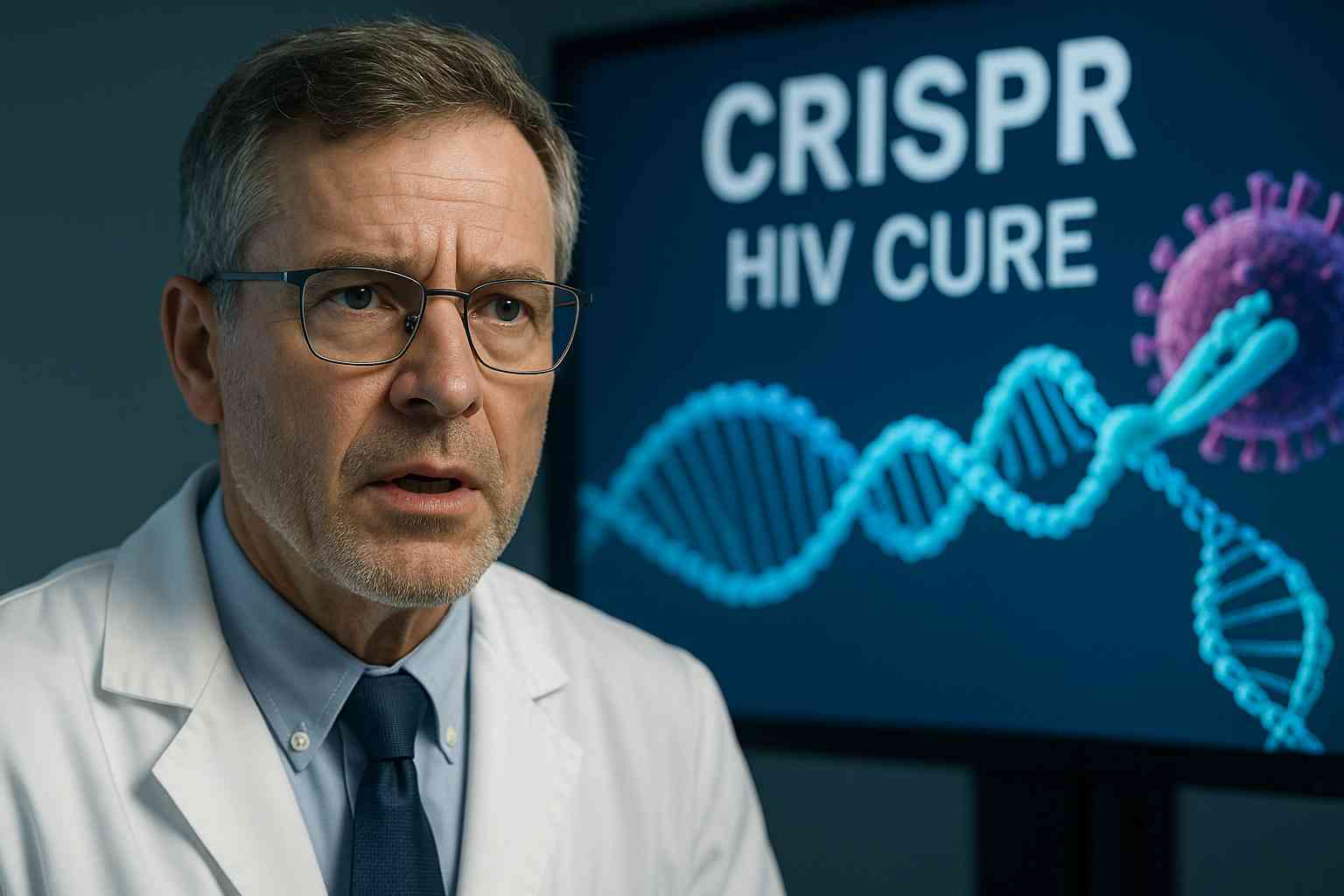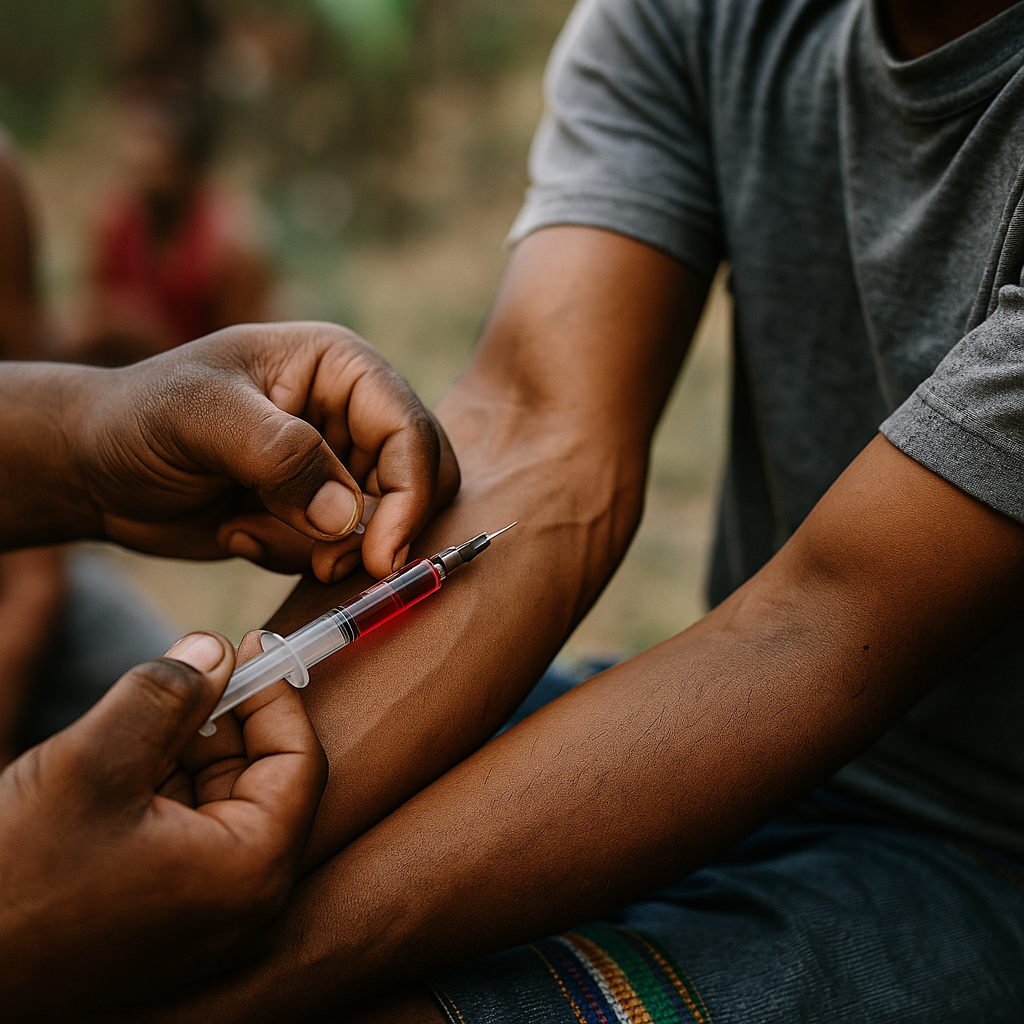For decades, the idea of curing HIV seemed out of reach. Antiretroviral therapy (ART) transformed the infection from a death sentence into a chronic condition, but it was never able to fully eliminate the virus. Now, scientists are moving closer to a functional cure thanks to a revolutionary tool: CRISPR gene editing. In groundbreaking studies, researchers have successfully removed HIV from infected cells and animal models, offering a glimpse of what might soon be possible for humans.
Table of Contents
- What Is CRISPR and Why It Matters for HIV
- The Breakthrough: Removing HIV From Living Cells
- How This Differs From Past Cure Attempts
- Challenges That Still Remain
- Global Implications of a CRISPR Cure
- Frequently Asked Questions
- Conclusion
What Is CRISPR and Why It Matters for HIV
CRISPR (Clustered Regularly Interspaced Short Palindromic Repeats) is a breakthrough gene-editing system discovered in bacteria. It acts like precise molecular scissors, allowing scientists to cut DNA at exact locations. When paired with a protein called Cas9, CRISPR can locate and disable harmful sequences in the genome.
For HIV, this is transformative. Unlike many viruses, HIV integrates its genetic material into human DNA. That’s why it’s so difficult to cure: even if ART suppresses the virus, the genetic “reservoirs” remain inside cells, ready to reactivate. CRISPR provides a way to directly cut out those viral reservoirs, something no existing drug can do.
The Breakthrough: Removing HIV From Living Cells
Researchers at Temple University and the University of Nebraska Medical Center made history by showing that CRISPR-Cas9 could eliminate HIV DNA from infected cells in both lab experiments and animal models. Their study demonstrated that targeted gene editing disabled the virus, preventing it from replicating and causing new infection.
In animal trials, mice engineered to carry human immune systems were given HIV and then treated with CRISPR-Cas9 delivered via viral vectors. After treatment, researchers found no trace of active HIV in multiple organs, a milestone never before achieved with other strategies. While the research is still early, this proof of concept shows it is possible to completely remove the virus from living systems.
How This Differs From Past Cure Attempts
There have been rare cases where people were essentially cured of HIV — most famously the Berlin Patient and the London Patient. Both were HIV-positive individuals who received bone marrow transplants to treat cancer, and in the process, received donor cells with a rare genetic mutation (CCR5-Δ32) that resists HIV infection. After the procedure, HIV was undetectable in their bodies.
However, bone marrow transplants are risky, expensive, and not practical for the millions living with HIV worldwide. CRISPR, on the other hand, could eventually provide a safer, scalable, and less invasive cure. Instead of replacing an entire immune system, CRISPR works at the genetic level to precisely remove HIV sequences without destroying healthy cells.
Challenges That Still Remain
While promising, major hurdles must be overcome before CRISPR can be used as a widespread HIV cure:
- Delivery systems: Scientists must find reliable ways to deliver CRISPR into the vast number of cells that harbor HIV, including hidden reservoirs in the brain, lymph nodes, and gut.
- Off-target effects: CRISPR could accidentally cut DNA in the wrong place, leading to unintended mutations or health risks.
- Scalability: Lab and animal studies are important, but developing safe, effective human therapies requires years of clinical trials.
- Accessibility: Even if a CRISPR cure is developed, ensuring it’s available in low-resource regions most affected by HIV will be a major challenge.
Despite these challenges, optimism is high. Scientists are exploring safer delivery methods such as nanoparticles, improved Cas proteins with higher accuracy, and combination therapies that pair CRISPR with immune-boosting drugs.
Global Implications of a CRISPR Cure
Globally, about 39 million people live with HIV. While ART has saved countless lives, it is not universally accessible, and adherence remains a challenge. A true cure would not only improve health outcomes but also reduce stigma, healthcare costs, and transmission rates worldwide.
For communities in sub-Saharan Africa and other regions where the epidemic is most severe, a one-time treatment could be transformative. Instead of lifelong dependence on ART, individuals could potentially receive a curative therapy and move on with their lives, free of the virus. However, cost and equitable distribution will be critical to ensure that breakthroughs do not widen global health inequalities.
Frequently Asked Questions
Does this mean HIV is cured?
No, not yet. The research has been successful in cells and animal models, but human clinical trials are still needed. It is an important step, but not a finished cure.
How does this differ from antiretroviral therapy?
ART suppresses HIV so it can’t replicate, but the virus remains in the body. CRISPR aims to remove HIV DNA entirely, which could potentially eliminate the infection once and for all.
Is CRISPR safe?
CRISPR is powerful but still experimental. Scientists are improving accuracy to reduce off-target effects and ensure long-term safety before moving to large-scale human trials.
When could this treatment be available?
It may take years. Optimistic timelines suggest human trials could begin in the next decade, but widespread availability will depend on safety, cost, and regulatory approval.
What can people do now while waiting for a cure?
Continue with proven prevention and treatment strategies. Daily ART remains highly effective in controlling HIV, while PrEP can prevent infection in high-risk populations. Regular testing and early treatment are still the best tools available.
Conclusion
The CRISPR gene-editing breakthrough marks one of the most promising advances in HIV research in decades. While challenges remain, the ability to remove HIV DNA from living cells proves that a cure is possible. For millions living with HIV, this discovery offers renewed hope that a future without the virus could be within reach. With continued research, funding, and global collaboration, what once seemed impossible may soon become reality.
This content is not medical advice. For any health issues, always consult a healthcare professional. In an emergency, call 911 or your local emergency services.




